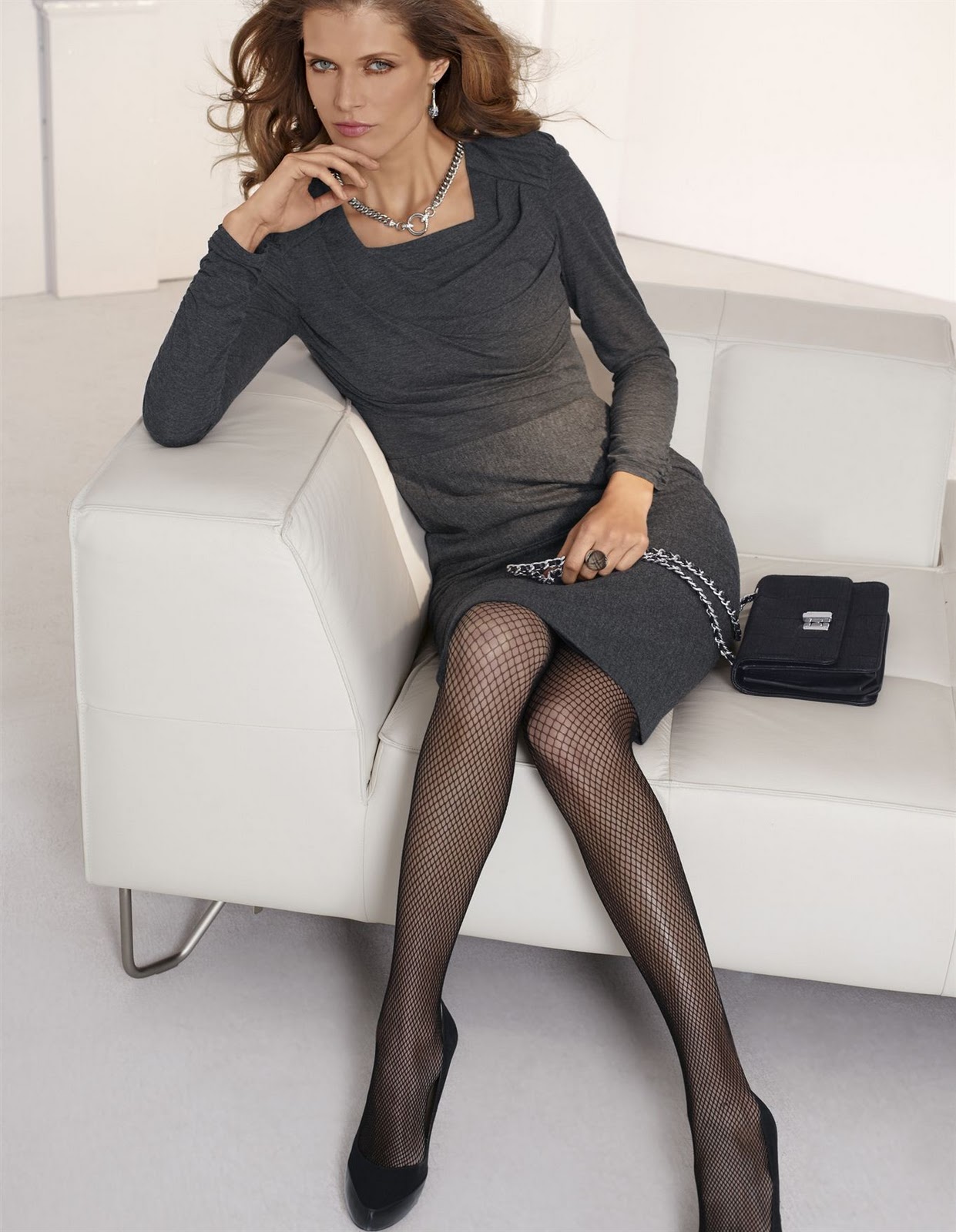
The Renaissance of Creativity: Embracing AI in Traditional Art Forms
On byOnce upon a time, sketching with pencils, applying oils to canvas, or chiseling marble seemed like the only true paths for artists. Growing up surrounded by the rich aroma of paint and the delightful chaos of art supplies, I found both solace and inspiration in these traditional methods. However, as I navigated my professional journey, something remarkable emerged—a new tool in the creative arsenal began to take shape. The rise of artificial intelligence not only stirred the technological landscape but also resonated deeply within the hearts of artists worldwide, urging us to rethink our understanding of authenticity in art.
During a particularly enlightening workshop, I was first introduced to the vibrant interaction between AI and art. An artist demonstrated pieces crafted through algorithms, effectively blurring the lines between human creativity and machine learning. I was captivated by how this technology could give birth to stunning images, but what truly resonated with me was the question it raised: could traditional art forms harmoniously coexist with advancements in AI? My answer, stemming from both curiosity and conviction, is a resounding yes! To additionally enrich your educational journey, we recommend you explore the recommended external site. You’ll discover supplementary and essential details about his the subject. text to video, broaden your understanding!
Transformative Collaborations
One of the most fascinating aspects of this AI journey has been witnessing unexpected collaborations blossom. Artists are merging their unique styles with machine-generated visuals, resulting in original creations that defy categorization. I recall watching a dear friend, a seasoned painter, embrace AI tools to reimagine her latest landscape series. Each digital brushstroke, guided by algorithms, turned her work into a collection of vibrant visuals that not only captured lifelike beauty but also preserved her artistic essence.
These collaborations redefine the very essence of what art can be. It’s not about replacing traditional methods; it’s about his enhancing and evolving our understanding. New mediums afford us fresh perspectives, enabling us to explore richer narratives. I discovered that these transformations do not dilute the emotional impact of art. Instead, they foster a deeper dialogue between the artist and the observer, allowing both the creator and the creation to flourish.
Engaging with New Audiences
In this fast-paced technological age, one undeniable transformation has occurred: the audience. With the emergence of AI-generated art, the community of art enthusiasts has evolved significantly. Followers on social media are increasingly drawn to dynamic content and interactive elements that AI can produce, welcoming a new generation into the artistic conversation.
For instance, in my quest to understand how AI has influenced the artistic landscape in my community, I stumbled upon an online platform where creators from all corners of the globe showcased their work alongside AI-generated pieces. This user-generated content ignited discussions, debates, and exchanges among artists, critics, and everyday viewers. This space felt alive—a vibrant marketplace of ideas fueled by enthusiasm and connectivity. It struck me that bridging the divide between traditional art forms and technology could pave the way for diverse interpretations, with townspeople expressing their emotions through vivid colors on a digital canvas.
Rethinking Creative Processes
As I delved deeper into this new artistic realm, I found myself reassessing my creative processes. Initially hesitant, thinking, “AI could never match the passion I feel when I paint,” I soon recognized the potential benefits of experimenting with machine assistance. I began generating compositions through algorithms, leading to ideas that had previously eluded my imagination.
What intrigues me is how this blend of creativity allows artists to recalibrate their focus—spending less time on logistical elements like color selection or structural planning, and more on refining emotional depth and thematic exploration. I recall an afternoon when I let a program sketch outlines for my next piece, only to discover it introduced intriguing patterns I would never have envisioned. It reminded me that stepping back and embracing a fresh perspective—even one derived from an algorithm—can yield extraordinary outcomes and insights.
The Future of Traditional Arts
With all these shifts and revelations, what lies ahead for traditional art forms? I envision a harmonious coexistence where the old and the new flourish together, crafting an inspiring future for artists. Workshops will likely evolve to incorporate AI tools in ways that not only teach new techniques but also delve into the philosophical questions surrounding creativity. Is art still art if it emerges from a collaboration of human intuition and precise algorithms? As I grapple with these thoughts, I remain optimistic that artists will welcome AI not as a rival, but as a partner in the intricate dance of creation. Curious to learn more about the topic? We have you covered! text to video, check out the external source for more in-depth information and fresh perspectives.
In this exhilarating landscape, the essence of traditional art remains intact while AI weaves innovative threads, infusing the art world with contemporary vibrancy. As a creative community, let’s celebrate these transformations, encouraging each other to push boundaries while cherishing the roots that ground us. The conversation has only just begun, and I eagerly await the remarkable paths our creativity will navigate next!
